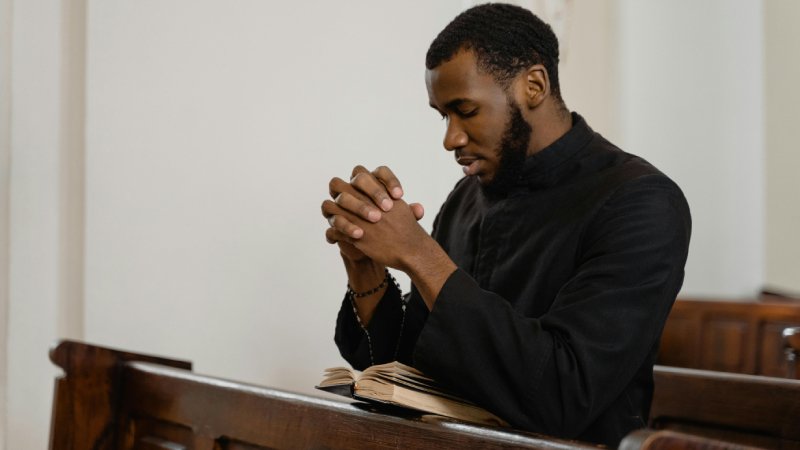
The relationship between Blacks in Mormonism is a deeply complex and evolving one. For much of the church’s history, this topic has been marked by both exclusion and eventual change. Understanding the historical context and the evolution of race-related policies in The Church of Jesus Christ of Latter-day Saints (LDS) is essential for gaining insight into the experiences of Black members and the broader impact on the faith community.
Early Beginnings
When the LDS Church was founded in the 1830s by Joseph Smith, its initial stance toward race was relatively progressive for the time. Joseph Smith himself was an abolitionist and even welcomed a small number of Black converts into the church. One notable example is Elijah Abel, an early Black Mormon who was ordained to the priesthood in 1836. This inclusion, however, would not last long, as later leadership would implement policies that excluded Black men from the priesthood and limited their participation in other church rites.
By the time Brigham Young took leadership in 1847, after Joseph Smith’s death, the church’s stance on race began to shift. In 1852, Brigham Young announced a policy that prohibited Black men from holding the priesthood, a critical role within the church that grants members the ability to perform essential ordinances and take on leadership positions. This policy also excluded Black individuals from participating in temple ceremonies, which are central to the church’s teachings on eternal families and salvation.
The Long Period of Exclusion
For over a century, Blacks in Mormonism experienced exclusion from full participation in the church. The priesthood ban, as it is commonly known, became a defining feature of the church’s racial policies. Many justifications for the ban were offered over the years, including theories that Black people were descendants of Cain or that they were “less valiant” in a pre-mortal existence. These ideas were never official church doctrine, but they were widely accepted by many members and leaders alike.
This period of exclusion created a clear division between Black and white members of the church, and it also affected how the church was perceived by the wider public. The LDS Church’s teachings on race were often at odds with the growing civil rights movements of the 20th century, leading to tensions both within and outside the church. Despite this, Black members remained a part of the church, and their perseverance became a testament to their faith.
The 1978 Revelation
The most significant turning point in the history of Blacks in Mormonism came in 1978. On June 8 of that year, the church’s leadership announced that they had received a revelation from God, declaring that all worthy men, regardless of race, could be ordained to the priesthood. This announcement marked the end of the 126-year priesthood ban, and it opened the door for Black members to fully participate in church life.
The 1978 revelation was met with joy and relief by many, but it also left some questions unanswered. Why had the ban been in place for so long? And how could the church reconcile its previous teachings with this new revelation? For many Black members, the lifting of the ban was a cause for celebration, but it also brought to the surface the painful history of exclusion that had defined much of their experience within the church.
Progress and Ongoing Challenges
Since the 1978 revelation, the church has made efforts to address the issue of race more openly. In 2013, the church published an official essay titled “Race and the Priesthood,” which disavowed previous theories that had been used to justify the priesthood ban. This essay acknowledged that the reasons for the ban were not entirely clear and that the church was now committed to racial equality.
Despite these efforts, the legacy of the priesthood ban still affects how Blacks in Mormonism are perceived and how they experience church life. Many Black members have shared stories of feeling isolated or marginalized within predominantly white congregations. Additionally, the church’s growth in Africa and other regions with large Black populations has highlighted the need for continued dialogue and understanding on racial issues.
Moving Forward with Hope
The story of Blacks in Mormonism is one of both pain and progress. While the church’s past policies of exclusion caused significant harm, the 1978 revelation and subsequent efforts to address race have opened the door for healing and reconciliation. Today, Black members play important roles in the church, and their contributions are increasingly recognized and valued.
As the church continues to grow globally, it faces the challenge of creating a more inclusive and welcoming environment for members of all races and backgrounds. The history of Blacks in Mormonism serves as a reminder that faith is a journey, one that requires both reflection on the past and a commitment to building a more just and equitable future.
While the journey of Blacks in Mormonism has been marked by struggle and exclusion, it is also a story of resilience and faith. The progress made since 1978 is significant, but the ongoing work of understanding, healing, and inclusion continues. As the church looks to the future, the hope is that all members, regardless of race, can find a sense of belonging and purpose within the faith.